







| Blue-tailed Damselfly (Ischnura elegans (Vander Linden, 1820)) |








|
|
Scientific name: Ischnura elegans (Vander Linden, 1820) Common name: Blue-tailed Damselfly French name: Agrion élégant, Ischnure élégante Order: Odonata Suborder: Zygoptera Family: Coenagrionidae Wingspan: 30-34 mm Biotope: Near running water and more often near stagnant water bordered by vegetation. Geographic area: Europe and Asia, from Ireland to Japan. Missing in most of the Iberian peninsula and in extreme northern areas. Flight time: Late April to late September in the northern part of its range, during an extended period in the southern part of its range. |
Mature males have a bronze-black abdomen with pale blue markings near the base and an entirely pale blue segment 8 near the tip. The eyes are blue with black marks on top. There is a circular blue spot at the rear of the eye. The pterostigma is black and white. Females vary in colour. Some of them are blue and are very similar to males. Other ones are brownish or dull greenish. Other ones show a pink thorax which turns to green or dull brown when mature. The reproduction cycle is rather fast. There can be three broods per year in the South. There is only one brood per year in most of the regions. |
| [To know more about the Blue-tailed Damselfly] [Next picture] [Top] |
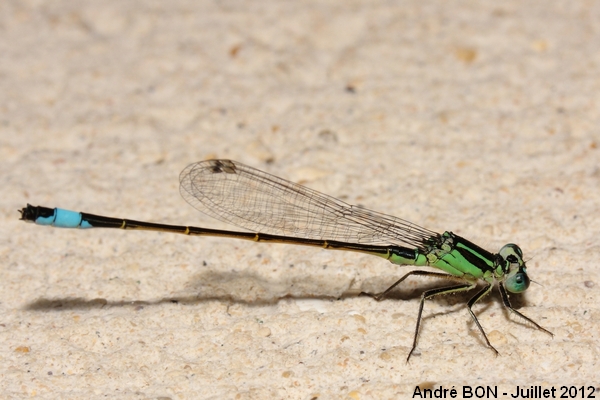
|
No need to do long photographic walks, this Blue-tailed Damselfly came to land next to the front door of my house! I had just to go an fetch my camera to shoot pictures of it. |
| [To know more about the Blue-tailed Damselfly] [Next picture] [Previous picture] [Top] |
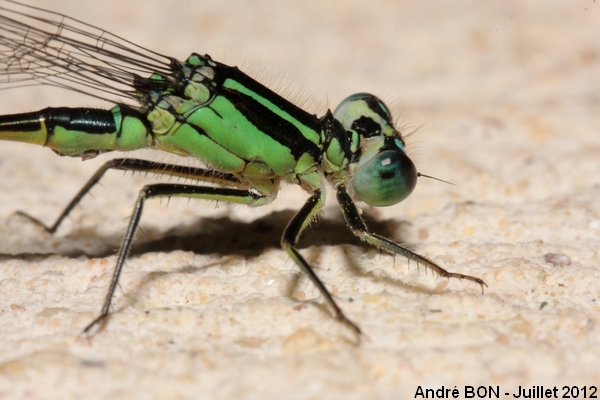
|
As the model remained perfectly immobile during a long moment, it was easy to shoot a close-up view. |
| [To know more about the Blue-tailed Damselfly] [Next picture] [Previous picture] [Top] |
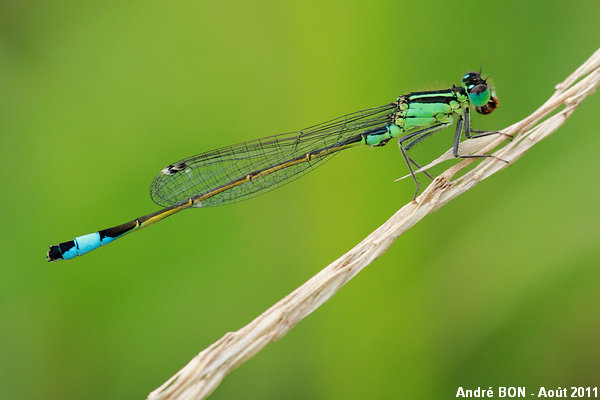
|
All the characteristics allowing the identification of the Blue-tailed Damselfly species are visible on this picture. |
| [To know more about the Blue-tailed Damselfly] [Next picture] [Previous picture] [Top] |
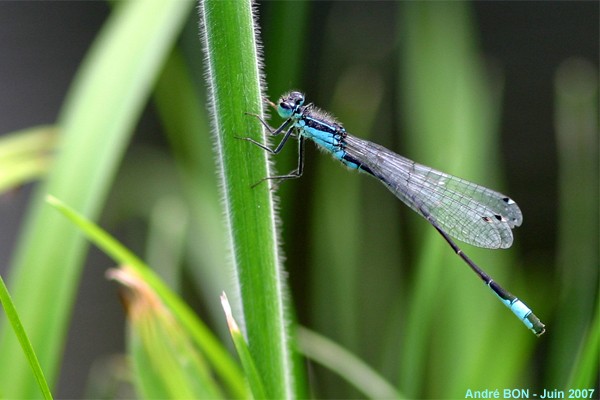
|
There are many Blue-tailed Damselflies on the banks of ponds especially near the reed beds. |
| [To know more about the Blue-tailed Damselfly] [Next picture] [Previous picture] [Top] |

|
This position is called the mating wheel. The main difficulty with this picture is to have the male's eyes AND the female's eyes in the focus plane. This is not perfect for the male on this picture. I will try to do better next time. |
| [To know more about the Blue-tailed Damselfly] [Next picture] [Previous picture] [Top] |
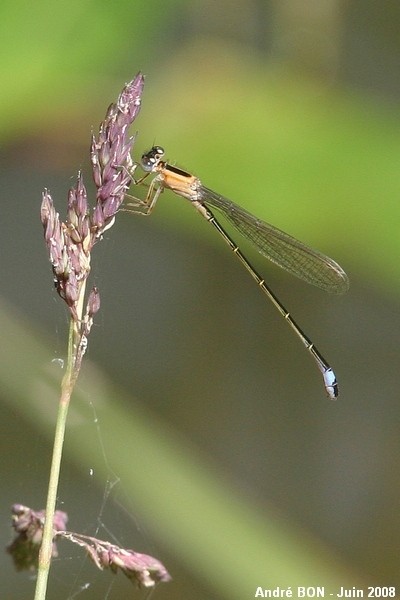
|
Immature female with a pinkish thorax. It will turn to green. |
| [To know more about the Blue-tailed Damselfly] [Next picture] [Previous picture] [Top] |
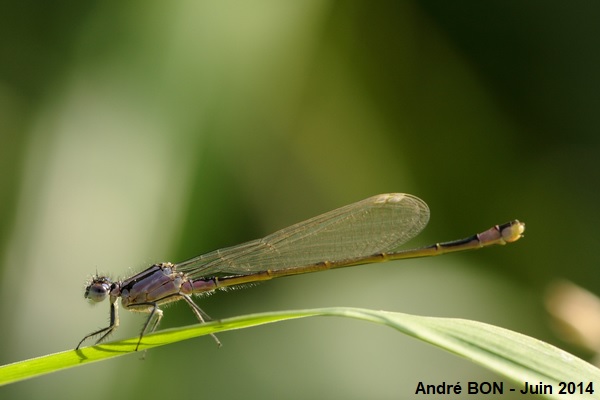
|
Another immature female with a pinkish thorax. |
| [To know more about the Blue-tailed Damselfly] [Previous picture] [Top] |
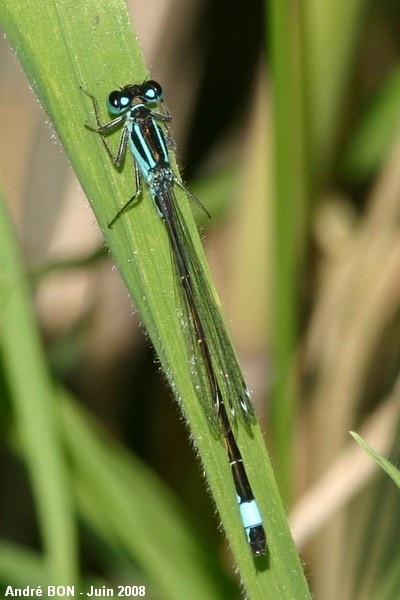
|
You can clearly see the circular blue spots at the rear of the eyes on this top view. |